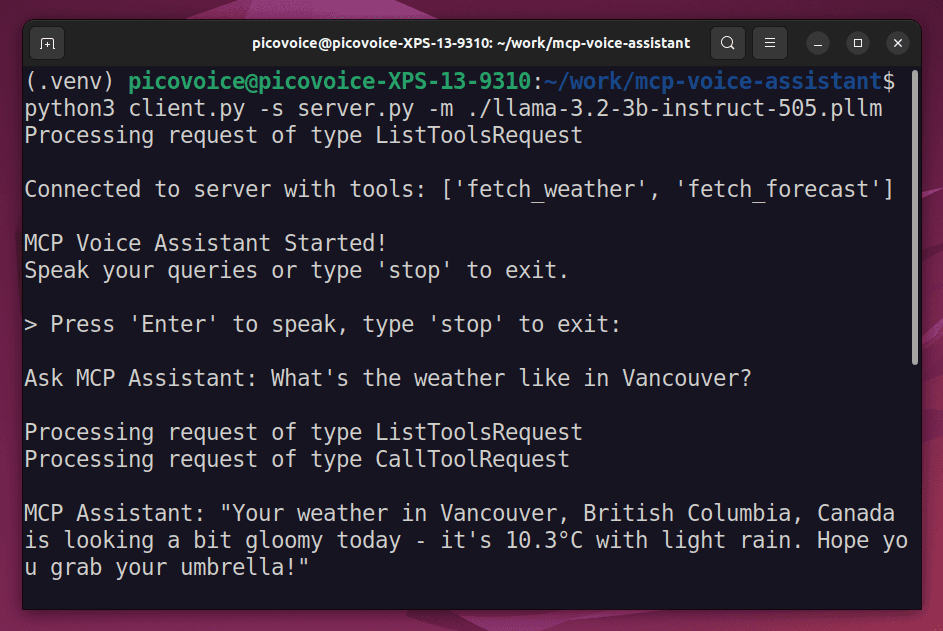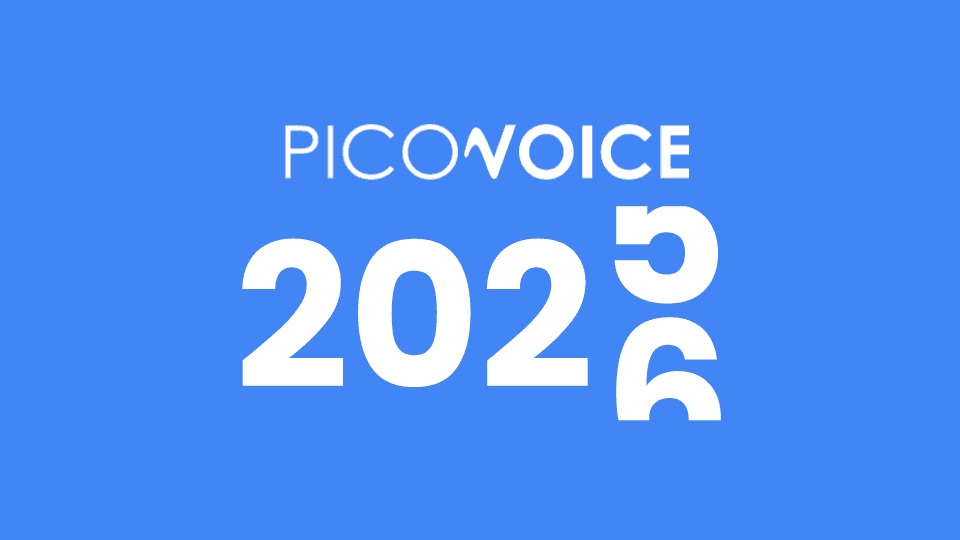Technology adaption in vending machines is highly correlated with revenue growth. COVID-19 differentiated the vending machine operators with high technology capabilities from others as touchless interfaces address hygiene concerns. However, the level of technology adoption is still very low considering the opportunities such as improving customer experience, gaining operational efficiencies, and expanding product portfolios and customer base. Voice AI offers new opportunities to the 11.5 billion dollar market by making vending machines even smarter and truly hands-free.
Why touchless Interfaces?
Sanitary
A study done in 2017 found that amongst 12 vending machines located in different parts of an office all had at least one or more types of bacteria. These bacteria were identified as pathogens posing risk to humans as they can cause various diseases. Touchless interfaces eliminate this risk and no bacteria can be transferred from one person to the next.
Accessible
Accessibility in vending machines is lacking due to minimal requirements set out by governments. For example, regulations in the U.S. set out guidelines with consideration only for those in wheelchairs. Touchless interfaces can create more accessible vending machines, such as for those who are visually impaired.
Ease of Use
Touchless is an easier and quicker way of human-computer interaction. More intuitive inputs like voice can be used to free the hands and eyes of users, leading to a better customer experience: imagine standing outside to buy a drink from a vending machine with your mittens in the winter.
Why Now?
Cashless Adoption
Many social trends lead to the growing demand for touchless interfaces. In China, for example, the percentage of cash used at the point of sale has decreased from 75% in 2012 to 25% in 2020.
Health Concerns
In a post-pandemic world, people remain concerned about the spread of germs and other sanitary issues related to self-serve equipment. Surveys show more than 60% of people expected organizations to continue offering touchless interactions.
Why Modern Voice AI?
Today's voice AI is powerful, runs anywhere including MCUs, and comes at a low cost.
Cost-effective and Capable
Voice AI models have become more accurate and reliable over the past few years with advances in deep learning. At the same time, increasing competition has resulted in lower prices in the entire industry led by newer companies.
Trustworthy and Human-like
Many consumers find interactions with AI to be increasingly more trustworthy and human-like. Compared to traditional machines, voice AI-powered vending machines can understand customers on a deeper level by leveraging novel features such as voice-to-intent to provide a better customer experience.
Hardware Compatibility
Modern voice AI can run on tiny devices, which are perfect for vending machines due to size limitations. Voice AI-powered vending machines are also compatible with other smart IoT applications, such as inventory management and data collection.
How Picovoice can help
Picovoice is focused on providing an accurate, reliable, and cost-effective solution to developers using voice AI. Try the vending machine demo!
Leverage Picovoice's free resources to get started designing, developing, and deploying voice AI models!
Start Building






